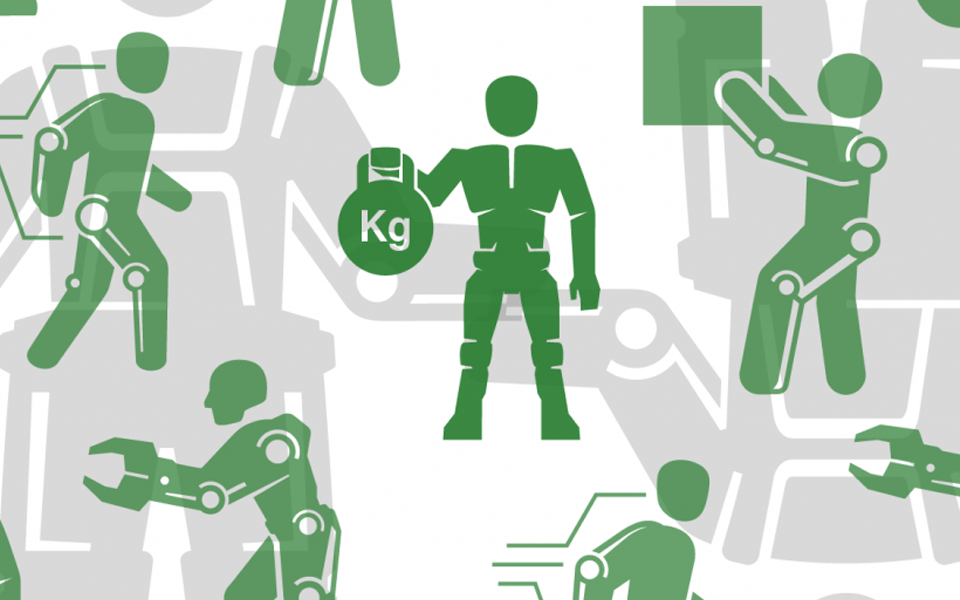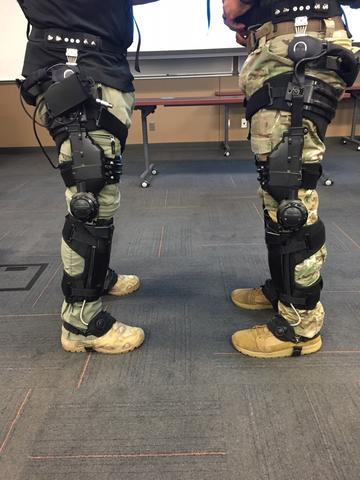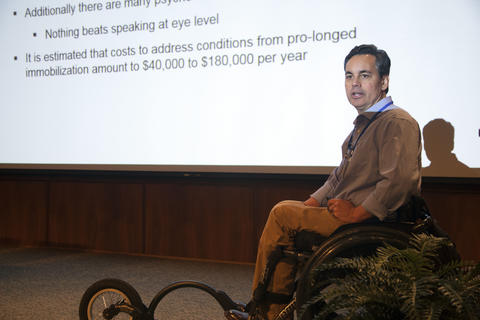Taking Measure
Just a Standard Blog

I grew up in a small farming community in southern Georgia. My main exposure to new technology was through the annual farm equipment exposition, science fiction books and television. One of my favorite shows was The Six Million Dollar Man.
Do you remember the famous opening lines?
"Steve Austin, astronaut. A man barely alive."
Gentlemen, we can rebuild him. We have the technology. We have the capability to make the world's first bionic man. Steve Austin will be that man. Better than he was before. Better... stronger... faster."
(If you’re like me, you just heard that classic bionic sound in your mind.)

Today, there are more than 80 exoskeletons on the market. Despite rapid progress in the marketplace, however, there is only an incomplete patchwork of standards to govern their safety and performance.
Although it’s not really bionics, the research community and private sector are focusing on the related area of exoskeletons. Exoskeletons are passive or active robotics that can enable the wearer to move limbs or hold objects with greater strength and stamina. Exoskeletons are not wired directly to the human body like the bionics Steve Austin had, so the biological interface issues are slightly different, but still challenging.
One of my roles as program manager for NIST’s National Security Standards program is to help NIST figure out the measurement infrastructure that exoskeleton manufacturers will need to prove their safety and describe their capabilities, specifically with regards to helping first responders and industry.
In January 2017, NIST brought together, for what may be the first time, the developers, researchers and users of the exoskeleton technology community. Over 100 organizations, including 44 from industry, 35 from government, and 19 from academia, participated. Users representing the military, industry and medical communities were there to pass along what they were looking for from this technology. We were there to dream, but what was amazing to me was that, no matter the community, everyone said that they wanted this technology to help them perform normal human feats—not necessarily give them superhuman abilities.

For instance, Chris Tagatac from the Christopher Reeve Foundation said he wants the technology to help him walk again. He’s been fortunate enough to use many kinds of exoskeletons in several medical trials. He sees exoskeletons as a transitional device to keep paralyzed individuals fit while they wait for a real cure for spinal injuries.
Jim Key from the United Steel Workers said his 850,000 members want this technology to help them do their jobs. His members see exoskeletons as a way to perform at their peak levels in a safe manner.
Captain Brian Giroux from the U.S. Army Maneuver Center of Excellence told us that the increasingly heavy loads soldiers are carrying are leading to injuries in the back, knee, and other parts of the body. Like the steelworkers, they want exoskeleton technologies to help soldiers do their jobs more safely and effectively. But in order to use them in the field, they need to control the weight, increase battery life, and have the ability to maintain the machines far from their bases.
While everyone was enthusiastic about exoskeletons’ potential, we all agreed that we need standards and test methods so that we have a common frame of reference and can communicate better about this disparate technology area and determine what is safe and effective.
I think this type of work will help bring exoskeletons to market sooner and bring us closer to having “the technology” to make humans better … stronger … faster.
About the author
Related Posts
Comments
- Reply





